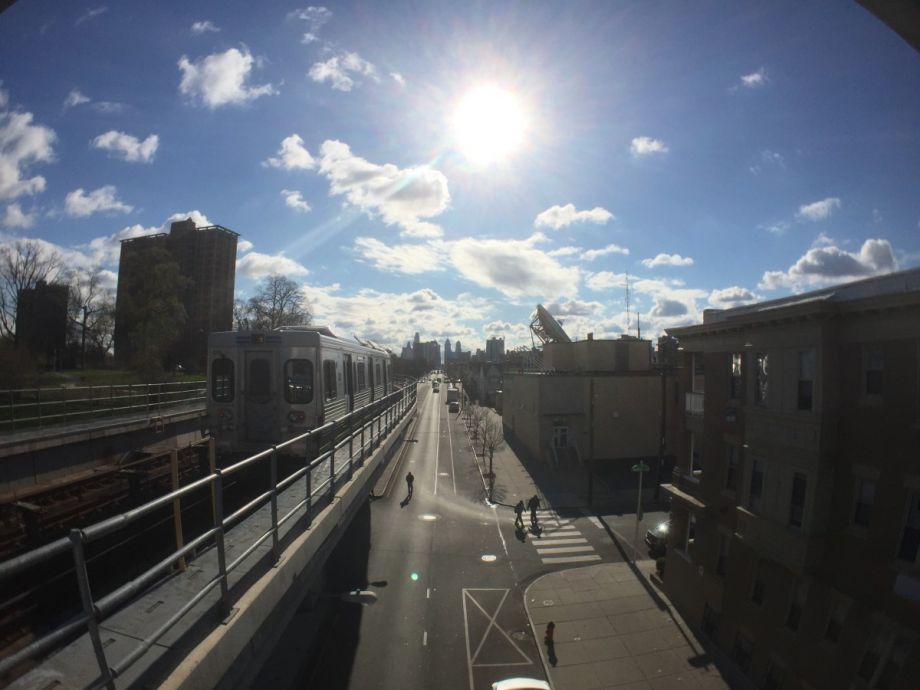Like most American cities, Philadelphia’s recovery from the population losses and economic challenges of the late 20th century has been spotty. Neighborhoods in an around the downtown core have attracted new residents and an explosion of development, while some further-out areas have changed much more slowly.
The disparity is reflected in the city’s property values, with homes in growing neighborhoods selling for much higher prices than elsewhere. But for a long time, it wasn’t reflected in property assessments, which determine how much homeowners pay in annual taxes.
Starting in 2012, the city began pursuing a major overhaul in the way it calculates property taxes, along with a citywide reassessment of values that took place in 2014. But because it had been so long since the city had tried to get the assessments right, some new homeowners found themselves suddenly with much larger tax bills. A property may have doubled in value over the previous decade, but the assessment had stayed flat. The city said the initiative was about fairness: Why should someone who lives in a $400,000 house pay the same taxes as someone who lives in a $200,000 house?
The question of fairness was complicated by the continued availability of a ten-year property tax abatement on new construction and major renovations. Even if the assessments themselves became perfectly accurate, a whole class of residents in brand-new homes would still be able to avoid property taxes for a decade. Critics had been claiming for years, and still are, that the tax abatement privileges developers and well-off residents while depriving the city of revenue that could go to underfunded schools, parks, and other priorities.
Still, many of the people who lived in suddenly high-value areas weren’t newcomers. Doubling their taxes overnight didn’t seem fair either. There were reports in gentrifying neighborhoods like Point Breeze, Graduate Hospital, Pennsport and Fishtown of long-time homeowners being threatened with tax increases so drastic that it threatened to drive them from their homes.
In response, the city council adopted a policy called the Longtime Owner Occupants Program, also known as LOOP, which was intended to soften the blow. Homeowners who had lived in their homes for at least 10 years and earned up to 150 percent of area median income could apply to have their tax increase capped at 300 percent for ten years. So if you lived in a house that had been assessed at $100,000 and was suddenly reassessed at $400,000, you’d only have to pay taxes on a $300,000 assessment.
In April, the Federal Reserve Bank of Philadelphia released a report on gentrification in the context of the citywide reassessment of property values, which suggested that the Longtime Owner Occupants Program and other programs had been effective in preventing tax delinquencies and displacement. The same month, the city council adopted a bill that makes the program protections permanent. Now, as long as qualifying homeowners continue to meet the income guidelines, the tax freeze will never expire.
“LOOP was intended to protect long-time homeowners in gentrifying neighborhoods from sudden spikes in their property taxes,” says a spokesperson for Councilman Kenyatta Johnson, a primary sponsor of both the original bill and the expansion.
According to Johnson’s office, the average LOOP participant is a senior citizen on a fixed income who bought their house in the 1970s or 1980s.
Johnson was not available for an interview. Mayor Jim Kenney signed the LOOP expansion bill later in April.
But despite the additional protections, there’s a sense in many areas of the city that property assessments are still inaccurate and unfair. When the Office of Property Assessment released the new values for 2019 in April, there were new reports of homes doubling in value or worse in a single year. Members of city council again questioned the accuracy of the assessments as well as the office’s methodology. Councilman David Oh went so far as to recommend a ballot initiative that would allow the city council to effectively refuse to accept new assessments if it believed they were unfair or inaccurate.
“From looking at this and questioning [the Office of Property Assessment] over the past few years and really trying to give them the benefit of the doubt, I just concluded that I don’t have any confidence in their assessment,” Oh says.
The city council expected a round of sharp increases and decreases during the citywide property value reassessment, Oh says, but half a decade later he’s concerned that some property values are still changing drastically from year to year. Oh’s proposal was eventually tabled, partially out of concerns that politicizing the assessment process would create major problems of its own. But Oh maintains that the process is already political, because the Office of Property Assessment is part of the mayor’s administration, and an increase in overall property assessments allowed the mayor to reduce a tax-rate increase he had been seeking as part of the budget process.
“If the assessments are inaccurate, the methodology is inaccurate, and they are greater than they should be, then that truly is a backdoor tax,” Oh says. “It’s not an accurate assessment that happens to be large.”
Oh plans to continue pushing the proposal to let council intervene in the fall, but so far it hasn’t gained momentum. But the council has hired an auditor to review the city’s assessments, with a report expected to be complete in September. Meanwhile, the abatement debate rolls on. The city controller is examining the impact of adjusting or ending Philadelphia’s 10-year property tax abatement on new construction, and city council is expected to debate changes to the program later this year.
Next City’s coverage of Philadelphia’s changing neighborhoods is made possible with the support of the William Penn Foundation.

Jared Brey is Next City's housing correspondent, based in Philadelphia. He is a former staff writer at Philadelphia magazine and PlanPhilly, and his work has appeared in Columbia Journalism Review, Landscape Architecture Magazine, U.S. News & World Report, Philadelphia Weekly, and other publications.
Follow Jared .(JavaScript must be enabled to view this email address)
















